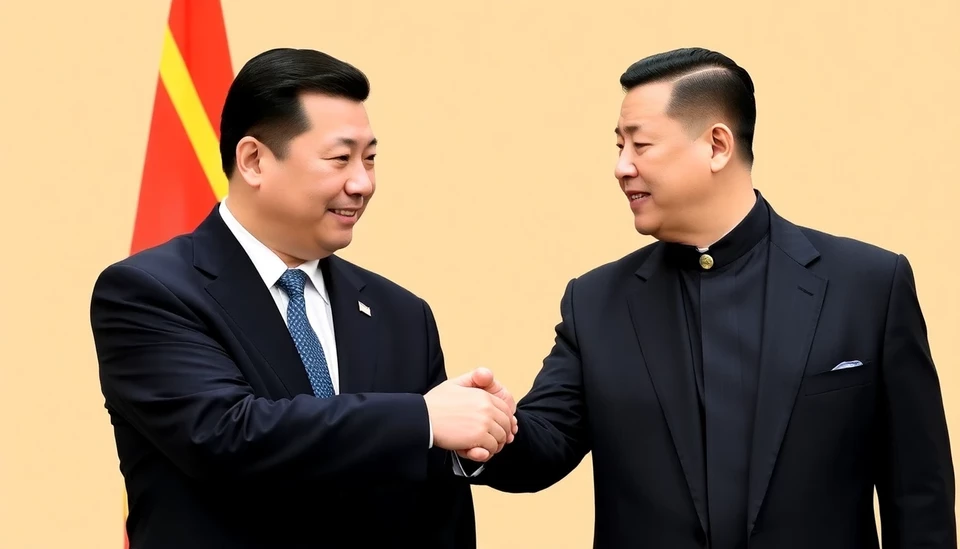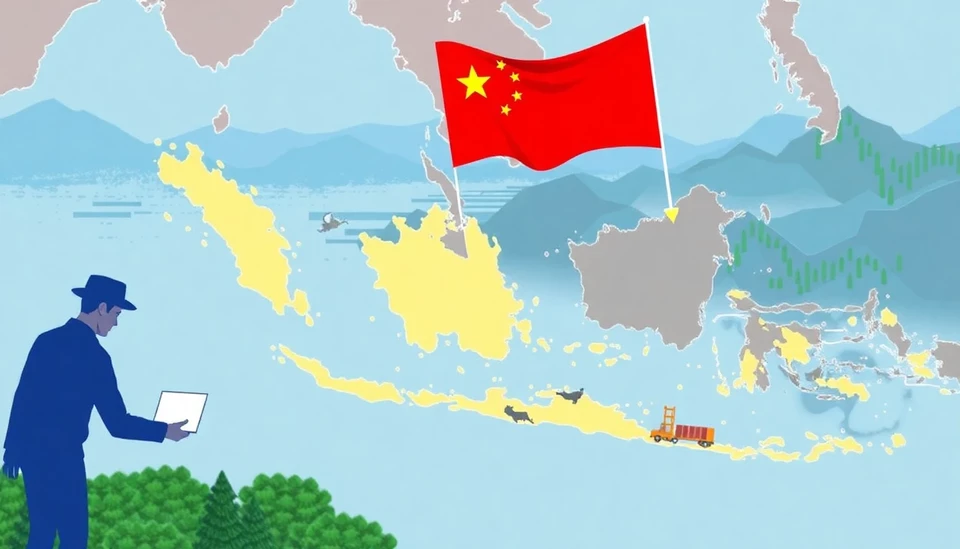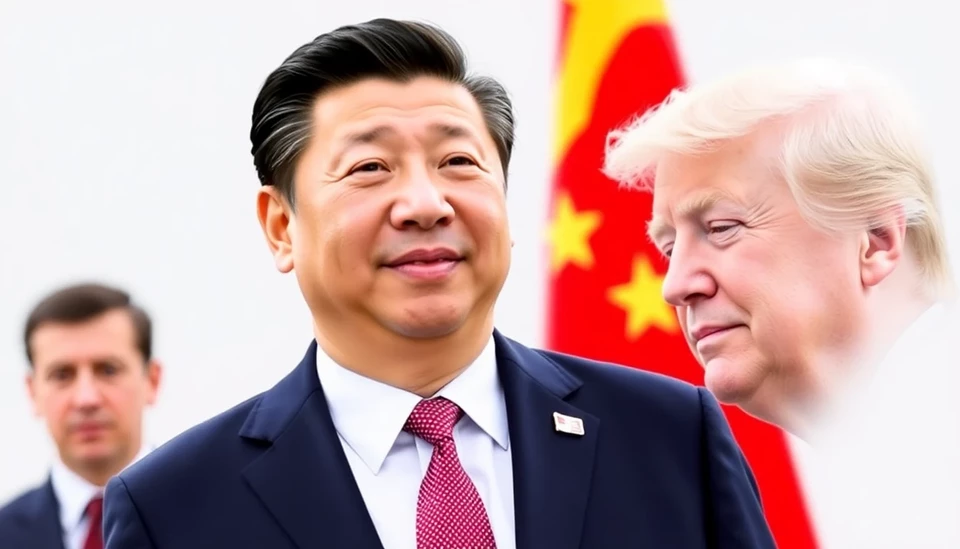
In a surprising turn of events, China's economic growth for the first quarter of 2025 has outstripped analysts' forecasts, indicating resilience in the face of looming tariff changes. The nation has reported a growth rate of 5.2%, a robust figure considering the turbulence surrounding international trade relations and ongoing tariff negotiations, particularly with Western countries.
This growth has been fueled by a combination of factors, including a rebound in industrial output and a surge in consumer spending. Analysts had predicted a more modest growth of around 4.8%, but actual GDP figures revealed a stronger performance, suggesting that China's economy is adapting well to existing global challenges.
The industrial sector played a pivotal role, with manufacturing output rising significantly. This trend was partly driven by increased domestic demand and an aggressive push from the government to boost production capabilities. Moreover, consumer sentiment is reported to be on the rise, as increased disposable income and government incentives have led to heightened confidence among households, spurring consumption.
However, the positive indicators come at a vital juncture as the nation prepares for the potential impacts of new tariffs imposed by foreign countries. These tariffs, primarily targeting key Chinese exports, have raised concerns about the sustainability of the current growth trajectory. China's leaders are closely monitoring the international landscape and have signaled readiness to adjust economic policies as needed.
Experts are urging caution, as the interplay of global trade dynamics will be critical in shaping China's economic future. The tariffs could undermine the momentum generated in the first quarter if they lead to decreased demand for Chinese goods overseas. Furthermore, sectors reliant on exports might face significant challenges as they adapt to a potentially less favorable trading environment.
Despite these concerns, the immediate outlook remains optimistic. Various government initiatives aimed at sustaining growth, such as enhancements in infrastructure spending and support for technology-driven industries, are likely to bolster the economy further. Economists are watching closely to see how both domestic policies and international tariff negotiations evolve over the coming months.
As the dust settles on the latest growth figures, it remains to be seen whether China can maintain this upward trajectory amid a changing global economic climate. For now, the nation’s leaders express a cautious optimism, poised to navigate the complexities of international trade relationships while striving for continued economic expansion.
The Chinese government has reiterated its commitment to maintaining a stable economic environment, emphasizing the importance of domestic consumption as a key pillar for growth in the near future. Looking ahead, the balance between addressing trade challenges and fostering economic resilience will be critical for sustaining the country's development.
As global observers turn their attention to this evolving situation, market stakeholders await further clarity on the ramifications of tariff policies, which could either bolster or impede China's ongoing economic revival.
In conclusion, while China's growth in the initial quarter of 2025 suggests a robust performance, the forthcoming tariff implications will undoubtedly play a crucial role in determining the economic landscape for the rest of the year and beyond.
#China #EconomicGrowth #Tariffs #Trade #GDP #ConsumerSpending #IndustrialOutput
Author: Daniel Foster




